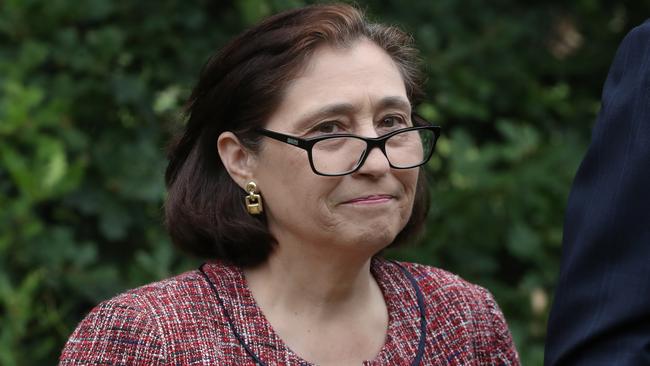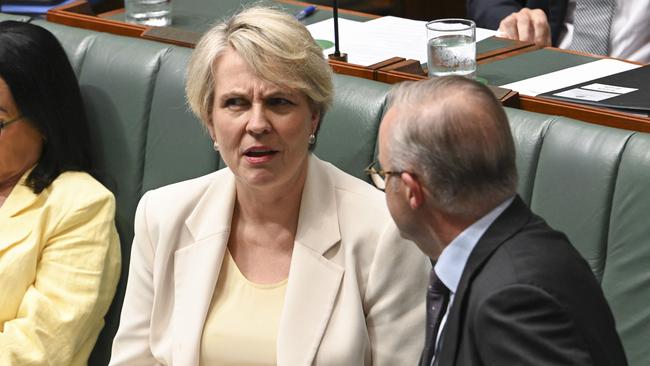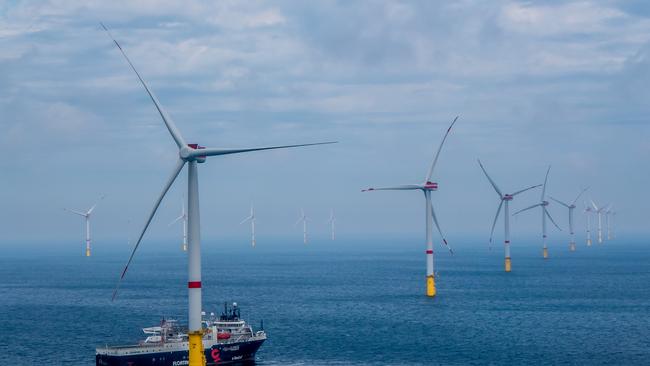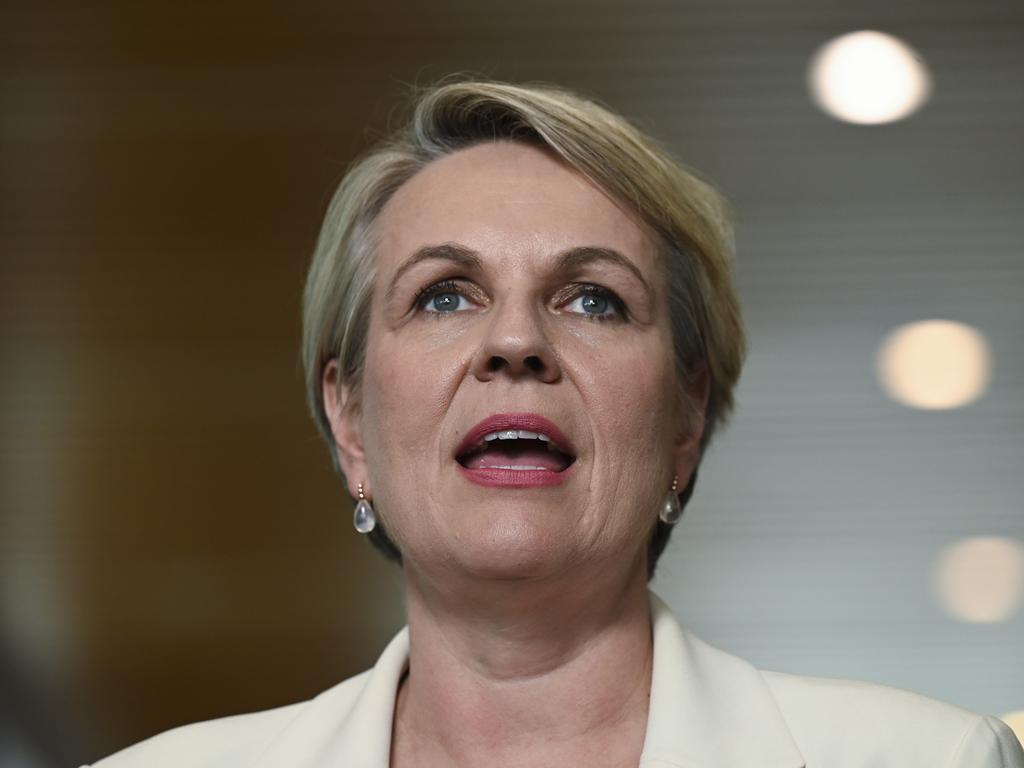Vic’s offshore wind plans likely to be delayed, expensive: Experts
Expert warnings about the cost of Victoria’s offshore wind plans follow major setbacks with Tanya Plibersek’s veto of the Port of Hastings, and a drastically reduced Southern Ocean wind zone.

Victoria’s offshore wind targets are likely to take longer to meet and be significantly more expensive than the state government has predicted, according to multiple energy industry experts, with one warning offshore wind will “certainly be more expensive than almost every other alternative energy source.”
The concerns come as Victoria’s offshore wind ambitions recently suffered two major setbacks.
In December, federal Environment Minister Tanya Plibersek vetoed the state government’s plans to use the Port of Hastings to assemble the turbines.
And last week state and federal energy ministers Lily D’Ambrosio and Chris Bowen revealed in a joint announcement that the Southern Ocean wind zone would be 20 per cent of the size originally proposed so as not to impinge on whale habitat.
While they have varying opinions on the merits of offshore wind, the four experts The Australian interviewed regarding the status of Victoria’s plans all warned that an even more significant obstacle than the Hastings and Southern Ocean setbacks would be the challenge of attracting investment at competitive prices at a time of high global demand.
Victoria is aiming to produce 2GW of electricity via offshore wind by 2032, 4GW by 2035 and 9GW by 2040 – as part of its renewable energy target of 95 per cent by 2035 – and last week passed legislation to this end, with the support of the state opposition.
In its 2022 offshore wind policy directions paper, the Victorian government estimated offshore wind would cost $94/MWh to produce in 2026.

In a state currently dependent on brown coal for 60 per cent of its electricity generation, this figure compares with Victorian forward prices for baseload power in 2026 of $58.64/MWh.
However, the $94/MWh estimate appears to be extremely optimistic, with the CSIRO’s GenCost 2023-24 report estimating the current cost of offshore wind generation at $146-$190/MWh, falling to $90-$178/MWh by 2030, and $75-$170/MWh by 2050.
In Britain, which unlike Australia has a mature offshore wind market, no company was prepared to bid at a price equivalent to about $84/MWh last year, forcing the government to increase the price to $139/MWh for this year’s round of bids.
Centre for Independent Studies energy program director Aidan Morrison cited offshore wind projects in the US that are currently costing $US150/MWh, or the equivalent of almost $230/MWh in Australian dollars.
“Offshore wind will certainly be more expensive than almost every other alternative energy source,” he said. “It’ll be more expensive than onshore renewables and far more expensive than the coal-fired baseload system that we’re used to.
“In the US, the new offshore wind looks similarly priced to their disastrous Vogtle nuclear build, which produces very reliable dispatchable power, unlike offshore wind.”
Mr Morrison said the Australian Energy Market Operator’s Integrated System Plan included offshore wind “just to meet the Victorian target … That means the ISP is no longer fulfilling the purpose for which it was designed, to create a holistic, optimal integrated system.
“It’s now being used to pour concrete around projects that have had no economic scrutiny.”

Victoria Energy Policy Centre director Bruce Mountain said he believed the offshore wind targets would “take longer (to reach) than has been hoped … by policymakers.”
“Australia in global energy terms is not big, and there’s a great clamour for offshore wind, and developing 1000MW here and there is difficult to attract investors to the scale of operation,” Professor Mountain said.
He said government support “of the order of three to four times more than current wholesale market average prices” would be needed to get offshore wind farms off the ground.
Grattan Institute energy program director Tony Wood said global competition for finite resources required to establish the offshore wind industry were likely to make the task “challenging and expensive”, and that on the numbers currently being predicted by the CSIRO and seen overseas, “it would be difficult to bring electricity prices down” via Victoria’s offshore wind plan.
However, he said that costs of onshore wind and solar production had ended up being significantly lower than initially predicted. “If you had to bet, and I wouldn’t, I’d say you’d more likely see the real cost coming under the numbers quoted by GenCost,” he said.
“I’ve never bought into the argument that offshore wind will be dramatically cheaper than whatever the alternative might be, but we still have the objective of meeting our emissions reduction targets and it may be that offshore wind has a role to play in that.”

AiGroup director of climate change and energy Tennant Reed said the biggest outstanding question about the Victorian offshore wind proposal was exactly what policy mechanisms would underpin the investments, given that it was initially likely to require significant government expenditure.
“There are important benefits that offshore wind can offer around higher generation capacity (than onshore wind and solar), but the capital cost premium, as far as we can see, is high enough that really they would not expect to make the money that they need back in the wholesale electricity market alone,” he said.
“Unless the Victorian government winds up offering its own financial support contracts, or the federal government develops a greater appetite to spend, these projects aren’t going to happen.
“That said, the Victorian government has said for a while that these projects are going to happen. They’ve set targets, and everyone’s anticipating that in due course, the state government will outline a mechanism to bring that about. But exactly what that looks like, who knows?”








To join the conversation, please log in. Don't have an account? Register
Join the conversation, you are commenting as Logout